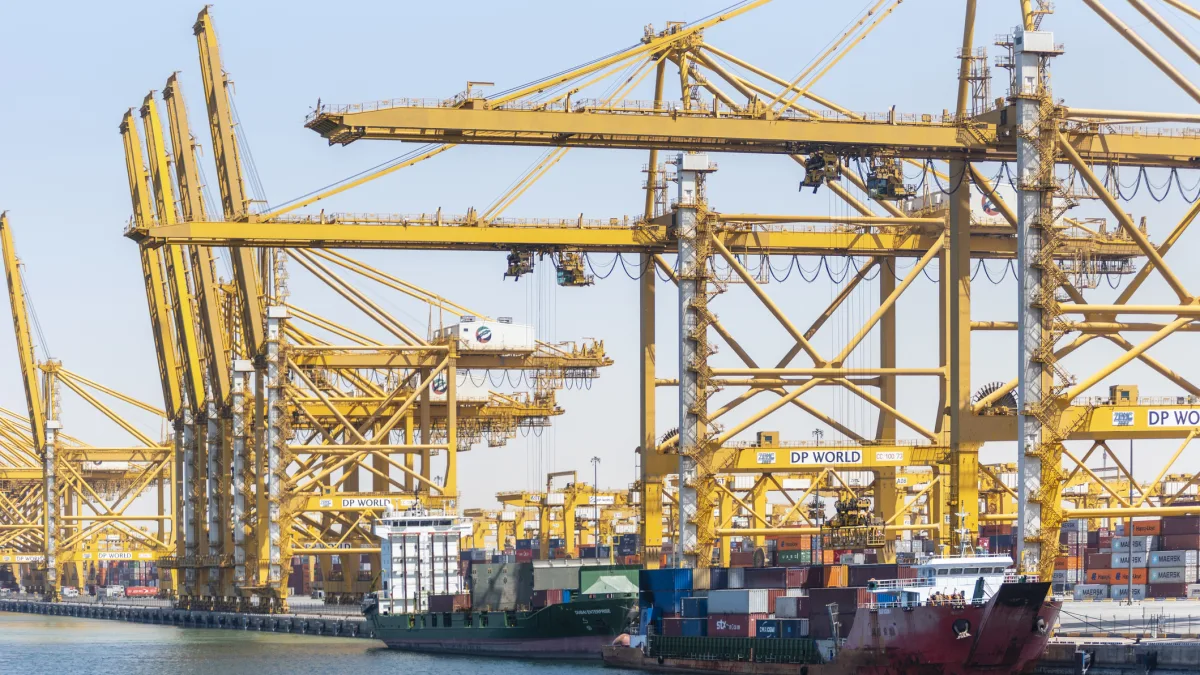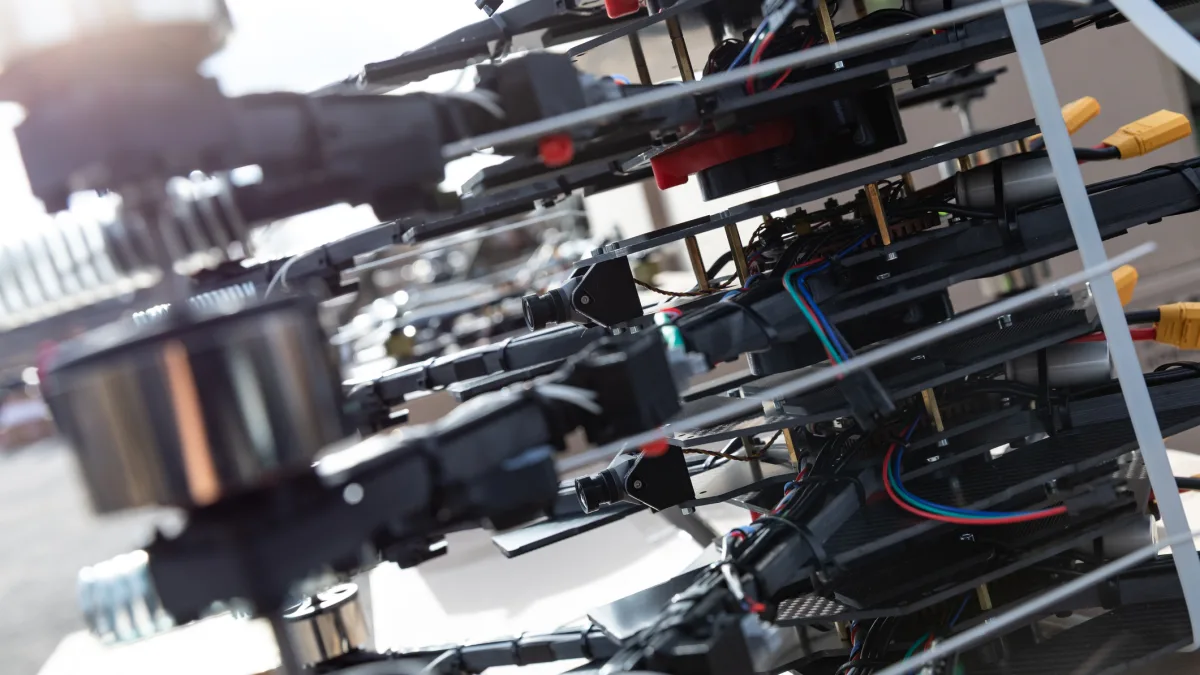The 11 Central and Eastern European members of the European Union (Bulgaria, Croatia, Czechia, Estonia, Hungary, Latvia, Lithuania, Poland, Romania, Slovakia, Slovenia) have undergone an impressive process of economic catch-up since the early 2000s.
However, the previously successful model of taking over labour-intensive production steps as an ‘extended workbench’ for Western companies is increasingly nearing its limits.
That was the conclusion reached by the Vienna Institute for International Economic Studies (wiiw) in a 2021 study for the Friedrich-Ebert-Stiftung. In a follow-up study published in 2023, wiiw analysed what might help the region’s countries escape this ‘middle-income trap’.
The conclusion: the EU-CEE countries need a new industrial policy worthy of the name.
“This is also illustrated by the recently published report by former European Central Bank President Mario Draghi on the future of European competitiveness,” says Zuzana Zavarská, economist at wiiw and co-author of a new study on the subject.
“In it, Draghi rightly calls for a European industrial policy and massive investment in key technologies.”
Such a European-coordinated industrial policy, tailored to the specific needs and strengths of each country, can only succeed with technological innovation, wiiw argues in the final part of its research project for the Friedrich-Ebert-Stiftung.
The Vienna Institute therefore looks at how the EU-CEE countries could establish innovation systems that will enable them to catch up with global leaders in technological and economic terms.
“The decisive factor here will be for domestic companies to utilise the cutting-edge technologies of foreign companies operating in the country—think of the automotive industry—and to generate echnological spill-over effects,” continues Zavarská, citing the success stories of Ireland and Singapore, which achieved something similar in the past.
Lagging behind in innovation
However, the EU countries of Central and Eastern Europe face colossal challenges.
“Above all, they are spending nowhere near enough money on research and development, which impairs their ability to innovate,” believes Zavarská.
While it is true that R&D spending in the region is slowly increasing, particularly in Poland, Czechia and Croatia, all countries of the region nevertheless fall far below the official EU target for spending on research and development of three per cent of GDP.
Only Slovenia and Czechia have R&D expenditure of over two per cent; meanwhile, Slovakia, Bulgaria, Latvia and Romania fall below one per cent.
Although some countries of the region are known for the export of medium- to high-tech products, this is largely possible thanks to technology that has been imported either by foreign companies operating in the country or because the country itself has a traditional specialisation.
Top-level technological expertise is mainly available within the large multinational companies that maintain production sites in these countries. However, R&D is still largely based in Western European corporate headquarters. Thus, domestic companies in Central and Eastern Europe, especially small and medium-sized ones, cannot benefit from this expertise.
Another problem is the inadequate education system. Although the region has a relatively high proportion of graduates in natural sciences, the quality of education is often poor and universities are frequently chronically underfunded. The EU-CEE countries also have a lot of catching-up to do when it comes to green technologies.
The situation is better regarding digitalisation: there are numerous innovative companies that specialise in digital technologies. However, these are often isolated success stories that are not integrated into the country’s innovation ecosystem.
At the political level, despite recent progress there is a general lack of coordination and financial support for activities in the areas of innovation and R&D. In addition, very few Central and Eastern European EU member states make full use of the opportunities open to them under relevant EU programmes.
Ireland and Singapore as role models
So what can be done? The study identifies Ireland and Singapore as role models for the development of successful innovation ecosystems. Like the EU-CEE countries today, economic growth in those countries was—just a few decades ago—driven mainly by foreign direct investment by large multinational industrial groups, with little or no innovation effects for the local economy.
But for some time now, Ireland and Singapore have both been focusing on attracting only the kind of foreign investment that aligns with their own economic structure and domestic specialisations (in Ireland, this approach is called ‘innovation by invitation’).
In addition, a systematic and highly focused effort has been made to get foreign companies networking with local firms and suppliers, in order to create industrial clusters in promising niches. In Ireland, this has led to the development of an internationally outstanding microelectronics industry. Incentives have also been created to encourage foreign companies already operating in the country to carry out more research and development locally—and thus to bring more added value into the country.
A key success factor has been well-trained, skilled labour. “Both Ireland and Singapore have made great efforts to align vocational training—and above all, university education in the subjects of mathematics, computer science, natural sciences and technology – as closely as possible with the needs of their own economies,” explains Zavarská.
Other success factors have included the massive state funding of research and development through grants, subsidies and tax breaks; the strengthening of scientific research at universities; the creation of state research funding agencies; the networking of university and commercial research; good framework conditions for start-ups; and easier immigration for highly qualified people from abroad.
Policy recommendations
The study therefore recommends that the Central and Eastern European EU member states take the following steps: create a long-term innovation strategy and a national agency to coordinate all innovation efforts; make better use of EU funds and increase national funding for research and development; improve administration and public institutions; promote local suppliers, introduce targeted incentives for R&D and, above all, encourage the better networking of domestic companies with foreign corporations to establish industrial clusters in promising areas; selectively target foreign direct investment in sectors that align with their own existing industrial strengths; and create incentives for foreign companies to conduct more research locally.
In this respect, the study advocates moving away from a reliance mainly on tax incentives for increased R&D expenditure, to include more grants and even state subsidies.
In addition, the study recommends strengthening universities and research institutions and linking them with industry—for example, by tying funding for companies to cooperation with scientific institutions.
There is also a need to accelerate the training of a sufficient number of highly qualified specialists in the natural science subjects; to facilitate the immigration from abroad of such personnel; and to improve financing conditions for innovative companies.







